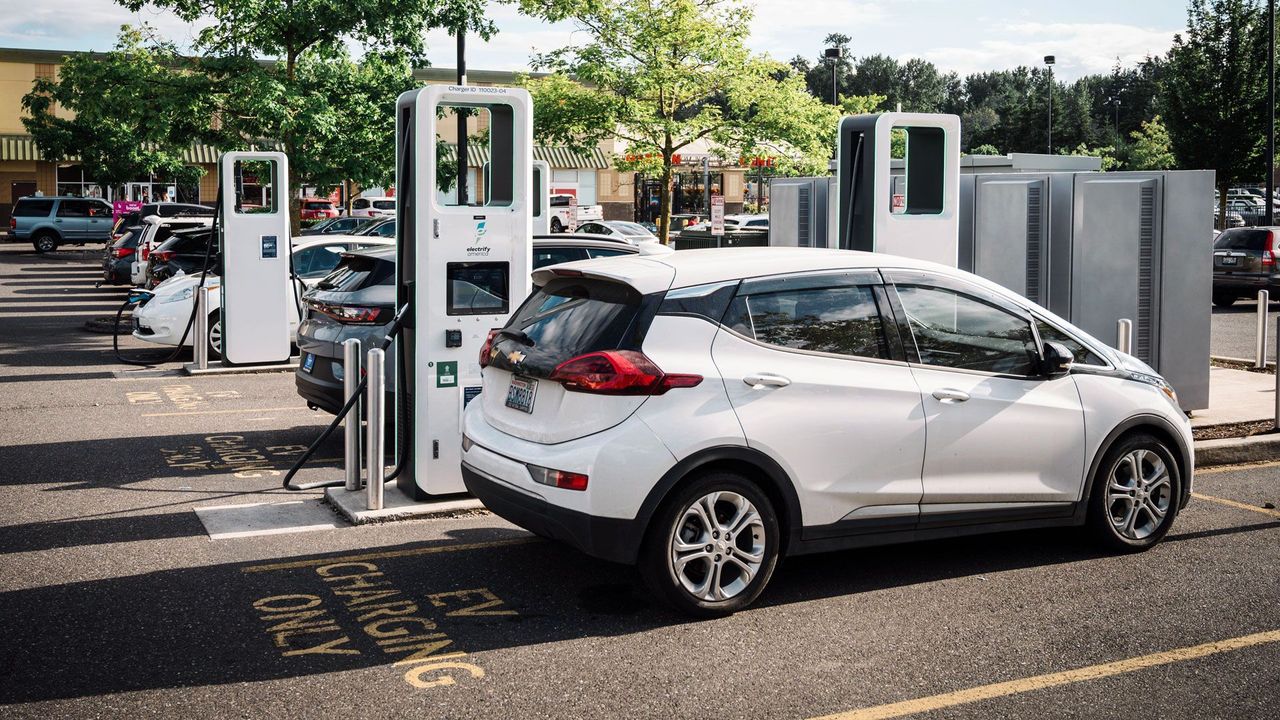
Underserved Markets for Electric Vehicle Adoption: Where EVs Haven’t Quite Caught On (Yet)
Electric vehicles (EVs) are everywhere—until they’re not. Sure, cities like Oslo and San Francisco have embraced them, but huge pockets of the world (and even parts of the U.S.) remain stubbornly resistant. Let’s dig into the overlooked, underserved markets where EV adoption lags—and why.
Rural Areas: The Charging Desert Problem
Picture this: you’re driving through rolling farmland, miles from the nearest town. Your EV battery dips below 20%. Panic? Maybe. Rural areas face three big hurdles:
- Charging infrastructure gaps. Stations are sparse, and installing them isn’t always profitable for companies.
- Longer distances. EVs with 250-mile ranges? Fine for commutes, but not for hauling crops or driving 100 miles to the nearest hospital.
- Cultural skepticism. Trucks and SUVs dominate here—and, well, electric pickups are still gaining trust.
That said, rural EV adoption isn’t impossible. Farmers love torque (hello, Ford F-150 Lightning), and off-grid solar charging could be a game-changer.
Low-Income Urban Communities: The Affordability Wall
EVs promise lower fuel costs—but the upfront price? Oof. For low-income city dwellers, it’s a non-starter. Here’s why:
- Used EV markets are thin. A 2014 Nissan Leaf isn’t exactly inspiring confidence.
- Apartment living = no home charging. Public chargers? Often clustered in wealthier neighborhoods.
- Even incentives (tax credits, rebates) require cash or credit upfront. Tough if you’re paycheck-to-paycheck.
Solutions? Subsidized charging hubs, better financing options, and—honestly—more affordable models. The $25,000 Tesla? We’re waiting.
Developing Countries: The Infrastructure Paradox
In places like India or Nigeria, EVs face a chicken-and-egg problem. No chargers mean no buyers. No buyers mean no chargers. Add to that:
- Unreliable grids. Power outages + EV charging = frustration.
- Dominance of two-wheelers. Scooters and motorcycles rule here—but electric options are still pricey.
- Battery recycling gaps. Without proper systems, old EV batteries become toxic waste.
Still, startups are hustling. Kenya’s Roam Electric makes electric buses; India’s Ola Electric sells scooters. It’s slow, but it’s happening.
Cold-Climate Regions: The Battery Freeze Effect
Minnesota. Norway. Siberia. Cold weather saps EV batteries—sometimes cutting range by 30-40%. And let’s be real: nobody wants to preheat their car for an hour just to drive to work.
Challenges here include:
- Fewer fast-charging stations in remote cold areas.
- Battery tech that struggles below -20°C (-4°F).
- Consumer fear (fairly or not) about getting stranded in a blizzard.
But Norway proves it’s possible—with incentives, education, and better tech. Heated batteries, anyone?
Fleet Operators: The Overlooked Middle Child
Taxi companies, delivery vans, municipal buses—they’re perfect for EVs. Consistent routes, predictable mileage. Yet adoption is sluggish because:
- Downtime costs money. Charging a fleet takes hours; gas takes minutes.
- Upfront costs sting. A city might save long-term, but budgets are tight now.
- Custom solutions are rare. Not every delivery van fits the “one-size-fits-all” EV model.
Some wins: Amazon’s Rivian vans, electric school buses in California. But the broader fleet market? Still wide open.
The Road Ahead (Literally)
EV adoption isn’t just about tech—it’s about people, infrastructure, and, yeah, money. The underserved markets we’ve talked about? They’re not lost causes. They’re opportunities. Smarter policies, creative business models, and a bit of patience could flip the script.
And honestly? The future of EVs depends on it.



Average Rating